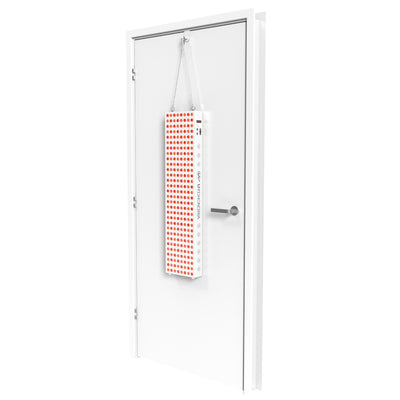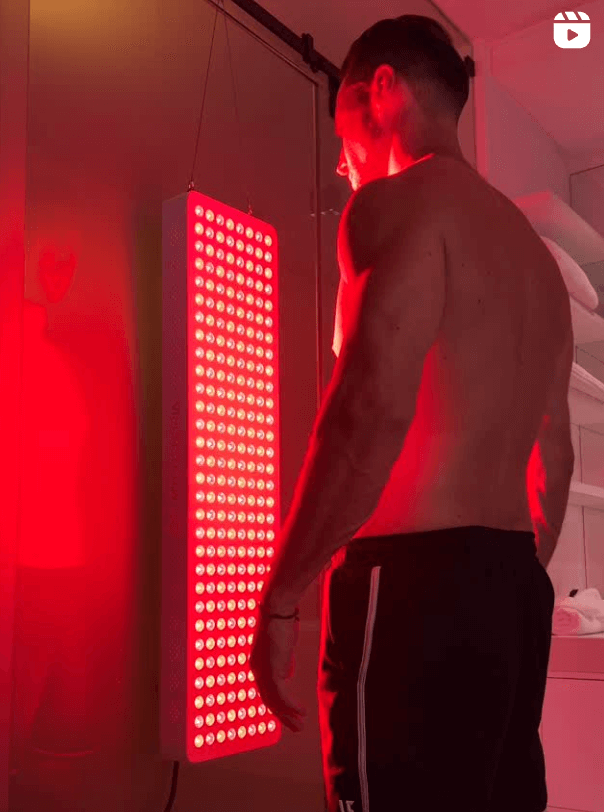
The word ‘inflammation’ traces back to the Latin word for ‘set afire’. This is a normal and natural part of the body’s immune system where it responds to invaders to protect the body. However, excessive inflammation in the body can be detrimental to our health, and can result in a number of health conditions. We wanted to explore how inflammation affects our body, and what we can do to reduce it.
Inflammation occurs when chemicals leave your body’s white blood cells and enter blood or tissues to protect the body against invaders. This results in an increase in blood flow to the area. We can sometimes feel this immune response externally, where the skin can become warm or red.
Swelling occurs when the chemicals from the white blood cells cause fluid to accumulate in tissues. These are all protective responses by the body. Most times, our bodies are fighting inflammation without us even knowing. Without this immune response, we wouldn’t be able to heal from injuries or bacterial and viral infections.
There are two types of inflammation, acute and chronic.
Chronic Inflammation:
Our bodies continue to send out inflammatory cells even when there is no invader or ‘danger’ in the body, basically, an immune system response that causes damage or breakdown. Typically lasts longer than six weeks.
This type of inflammation is characterized by: abdominal pain, chest pain, fatigue, fever, joint pain, mouth sores, depression and anxiety or even skin rashes.
Acute Inflammation:
The natural immune system response to an injury or illness, to initiate the healing process – this is the type of inflammation that is good, and helps us!
This type of inflammation is characterized by red coloured skin, pain or tenderness and swelling at the site of the injury.
How can my lifestyle cause inflammation?
- Diets high in: refined carbohydrates, alcohol, trans fats and sugar
- Certain medications
- Living in a highly polluted environment
- Smoking
- High stress levels
Chronic inflammation is the one that we’re concerned about, as it can occur even when there is no injury and often doesn’t end when the injury or illness is healed. It has been widely reported that long term chronic inflammation can result in autoimmune disorders. When are there are excessive numbers of white blood cells in our bodies, issues such as irritation in the joints, swelling of the joint lining and loss of cartilage may occur over time.
This can also can cause the build up fluid in the heart and result in shortness of breath. Autoimmune diseases that are associated with chronic inflammation include; Alzheimer’s disease, Asthma, Cancer, Rheumatoid arthritis and even Type 2 Diabetes.
Causes of chronic inflammation:
- Autoimmune diseases – where the body attacks the healthy, normal tissue, such as lupus.
- Exposure to toxins
- Untreated acute inflammation – extended infection or injury
Can red light therapy help?
The AIMS Biophysics Journal states that red light therapy is able to treat many of the conditions that have their roots in inflammation. The is achieved through an increased blood flow to the damaged tissues following red light exposure and increasing the body’s antioxidant defenses. A study performed by Dr Hamblin at Harvard Medical School on the effect of red light therapy and inflammation concluded that the best results were noted specifically in improving joint disorders, traumatic injuries, lung and brain disorders.
But how!?
The energy captured in the wavelengths of light activate a chain of reactions in the body, the most important of all being the increase in ATP production, as well as nitric oxide concentration. This results in a reduction in oxidative stress in the body resulting in overall reduction of inflammation, leading to the inflamed cells to return to a homeostatic state.
By using your red light device, you are essentially recharging your body from within, with no negative side effects and a load of benefits!
For more info: VIEW THE MYLIGHT COLLECTION >>>
Written by: Caroline Bursey




























